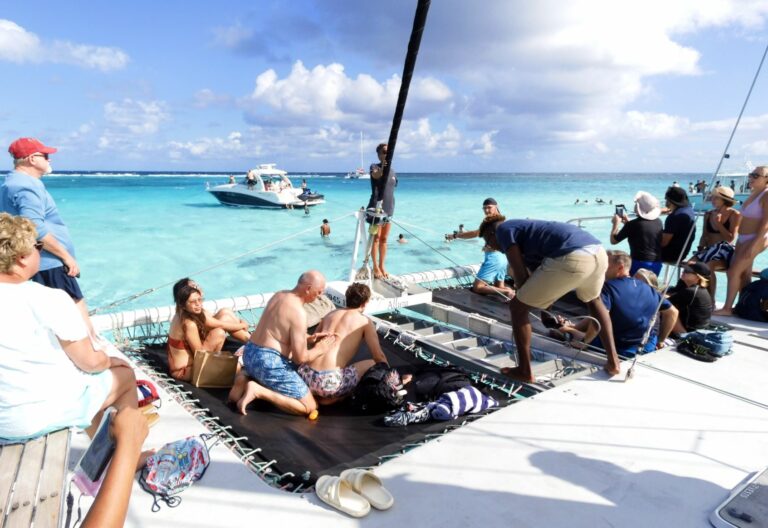Marine biologist JOHN CHRISTOPHER FINE swaps Florida for an extended stay in the Cayman Islands – and is disturbed by what he finds while diving its coral reefs
On recent scuba dives on the walls and reefs of Grand Cayman’s Seven Mile Beach, I failed to see a single live brain coral, star coral or boulder brain coral. Huge heads of stony coral were dead, and algae and gorgonian seafans grew on mounds of dead coral.
Other species of coral were becoming bleached out. Large patches of white, dead coral could be seen everywhere. Bleaching was overtaking live areas of coral growth. Madrepore coral colonies were dead. It was concerning.
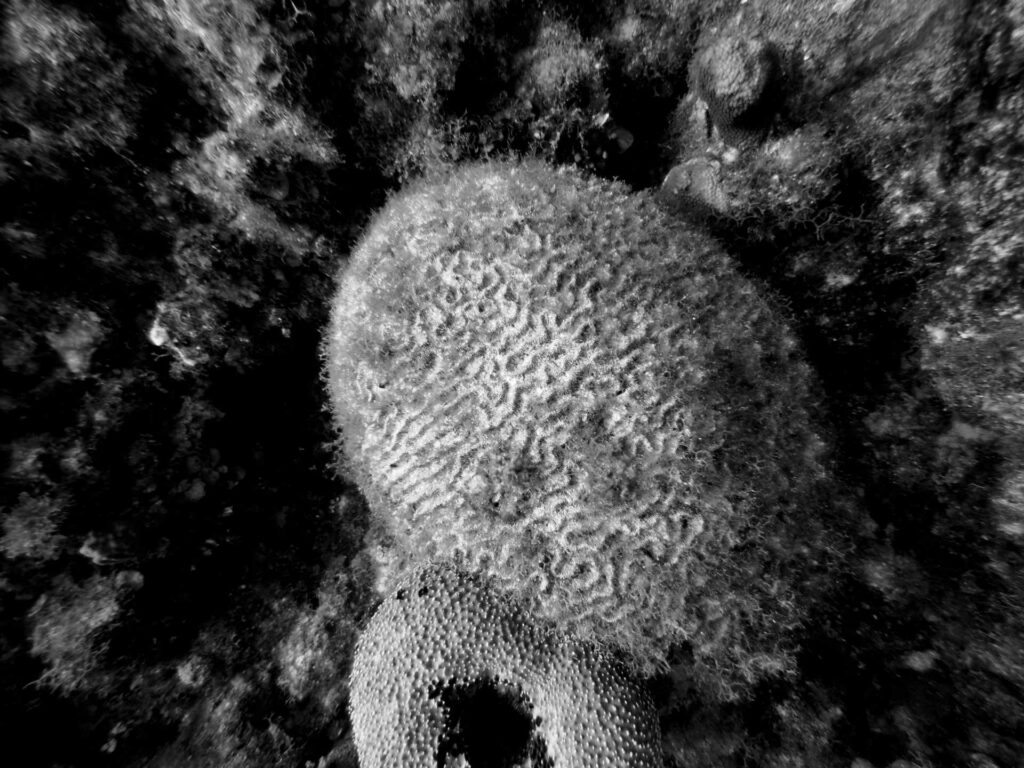
Considered by some divers, especially those from the USA, the scuba capital of the world, the Cayman Islands are strategically located in the Caribbean Sea between Cuba and Jamaica.
The three islands, Grand Cayman, Cayman Brac and Little Cayman, are a British Overseas Territory with a total population of about 70,000. They hold elections for local governance, but the governor is still appointed by the UK’s reigning monarch.

Cayman is a tax-free haven for expatriate residents and foreign investment. Six hundred banks have offices on the islands, including 43 of the world’s 50 largest banking institutions. The currency is the Caymanian dollar, though US currency is universally accepted.
Tourism is the Cayman Islands’ important source of income. Beachfront developments with luxury hotels, condominiums and time-share properties have produced a wall of cement that continues to grow as people seek a safe, English-speaking place in the sun.
The warm, clear waters beckon holiday-makers, and scuba diving and snorkelling are popular leisure pursuits on the islands. Part of the package is colourful coral, but why should the reefs surrounding the Cayman Islands prove exempt from those diseases that have been wreaking havoc around the world?
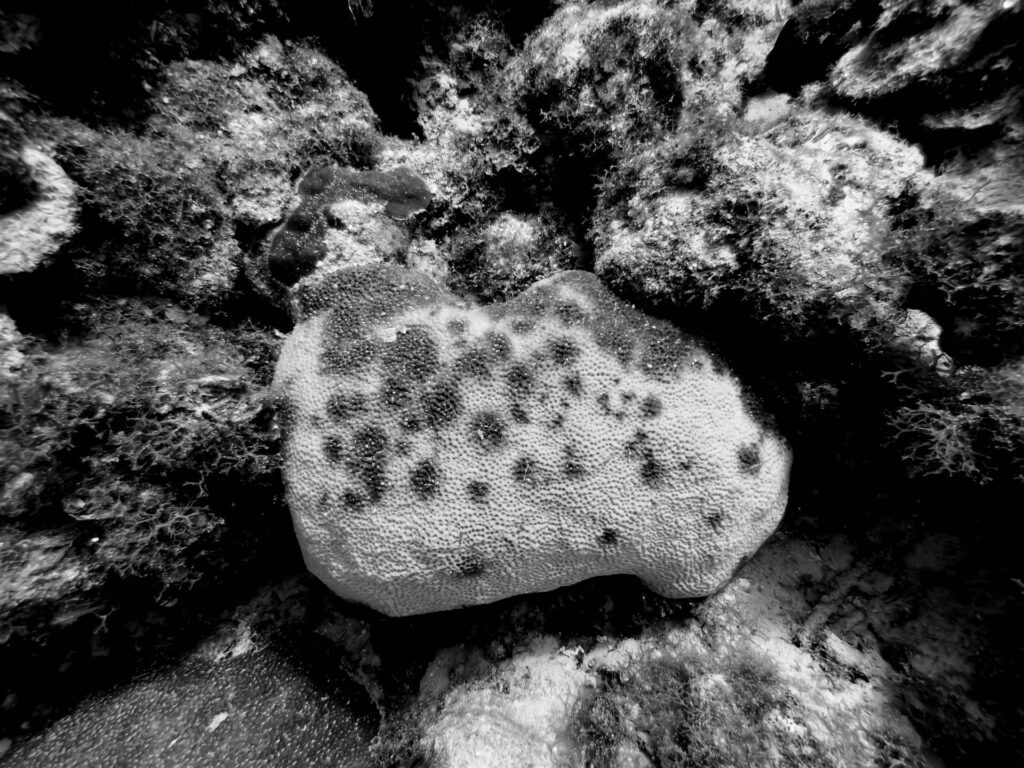
Coral health factors
Factors affecting coral health include temperature, water clarity, algae, bacteria, pollution and chemicals. The seas and oceans of the world have experienced warming in recent years. Some climate changes are cyclical, some the result of human activities.
Long ago, scientists saw that the ozone layer surrounding the Earth’s atmosphere contained holes caused by gas emissions and predicted that these would boost penetration by the sun’s rays.
Human agricultural and developmental activities grew in line with human populations, creating streams of waste chemicals. Some were directly toxic to coral; others provided nutrients for the algae that eventually die and sink to the seabed, killing coral.
Scientists have been hard-pressed to identify a recent bacteria that has been attacking stony corals, but have dubbed it coral-wasting disease. As it spreads, coral heads are essentially eaten alive. Attempts have been made to smear antibiotic goo over affected coral and save unaffected areas but, while well-meaning, this seems as impossible task.
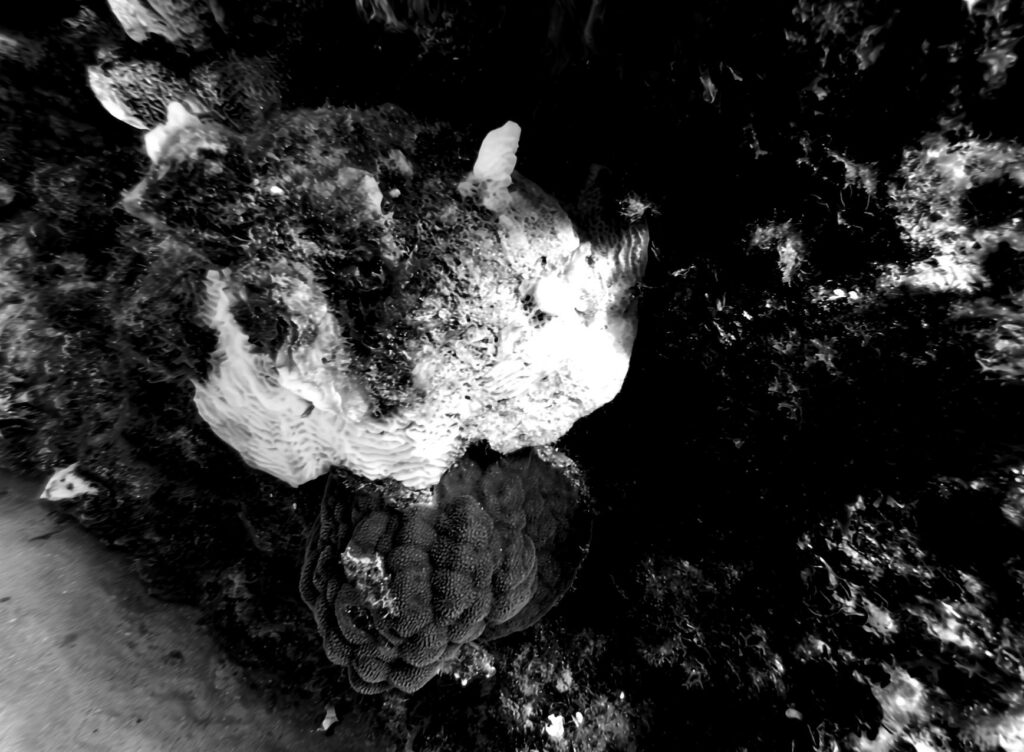
Sustained hot ocean temperatures are also causing coral to die. Corals begins life as free-swimming planulae larvae that eventually settle on substrate and attach themselves. Inside their limestone cases live Zooxanthellae – green plants that require light to live.
Where water becomes turbid because of dredging or pollution, sunlight cannot penetrate and the plants die. Zooxanthellae aid coral digestion, producing the oxygen needed for growth. Corals thrive in temperatures of 20-30°C, but colder or hotter water can kill them. When hot water causes coral to expel Zooxanthellae, bleaching occurs, and coral becomes white and dies.
Chemicals, even some brands of sunscreen used by swimmers and divers, can kill coral. On a sandbar off the north end of Grand Cayman Island, hundreds of visitors come in droves each day to have guides pick up sting rays so that they can hold them, caress them and even kiss them while having their photographs taken with them. Imagine all that sun-tan oil creating a slick on the water that eventually drifts off into coral-reef areas.
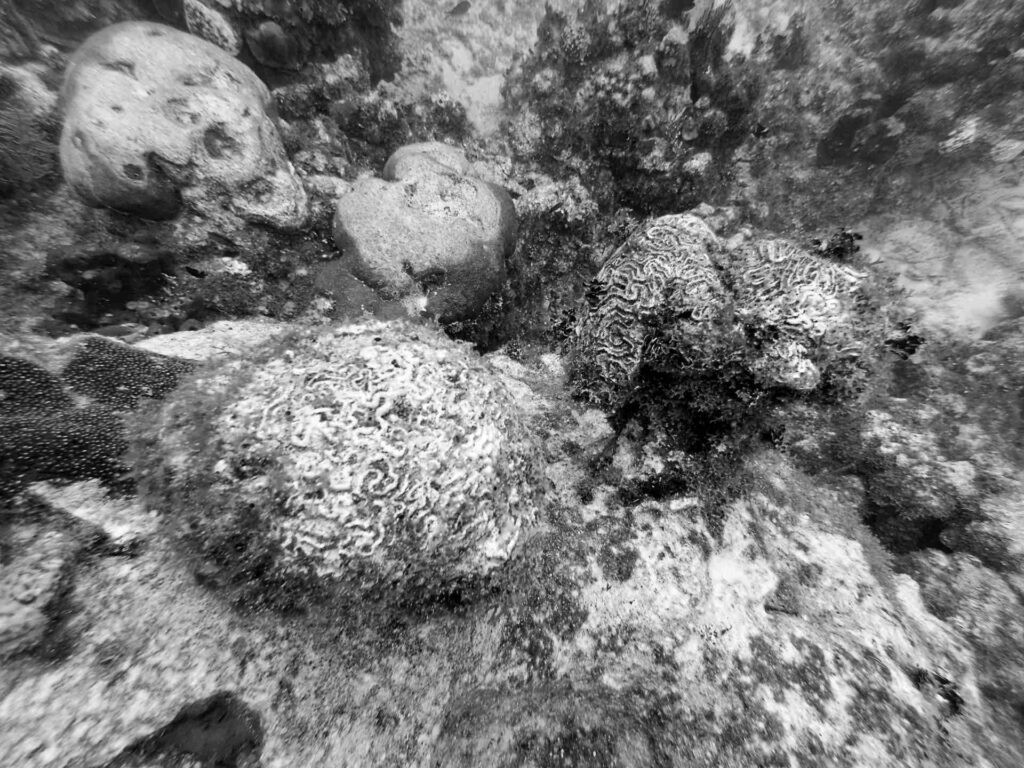
Whatever evaporates from land eventually falls back into the ocean as rain. High carbon dioxide emissions combine with water in a simple chemical formula: CO2 + H2O = H2CO3, or carbolic acid. The more hydrogen, the higher the Ph of the water, and calcium is sensitive to Ph, a measurement of acidic and alkaline in sea water. Seven is neutral, 1 highly acidic.
Black band, white plague
Bacteria and fungus have been identified with coral diseases from black band, yellow blotch, white band and red band to dark spot, hyperplasm, neoplasm and white plague.
The almost total die-off of the spiny sea urchins Diadema anticlarum in 1983-1984 allowed algae to flourish. The urchins did make a comeback and are voracious algae-eaters (though a new die-off has been observed throughout the Mediterranean and into the Red Sea).
Absence of natural predators allows rampant algae growth, and spiny sea urchins are rarely seen on Cayman Islands reefs.
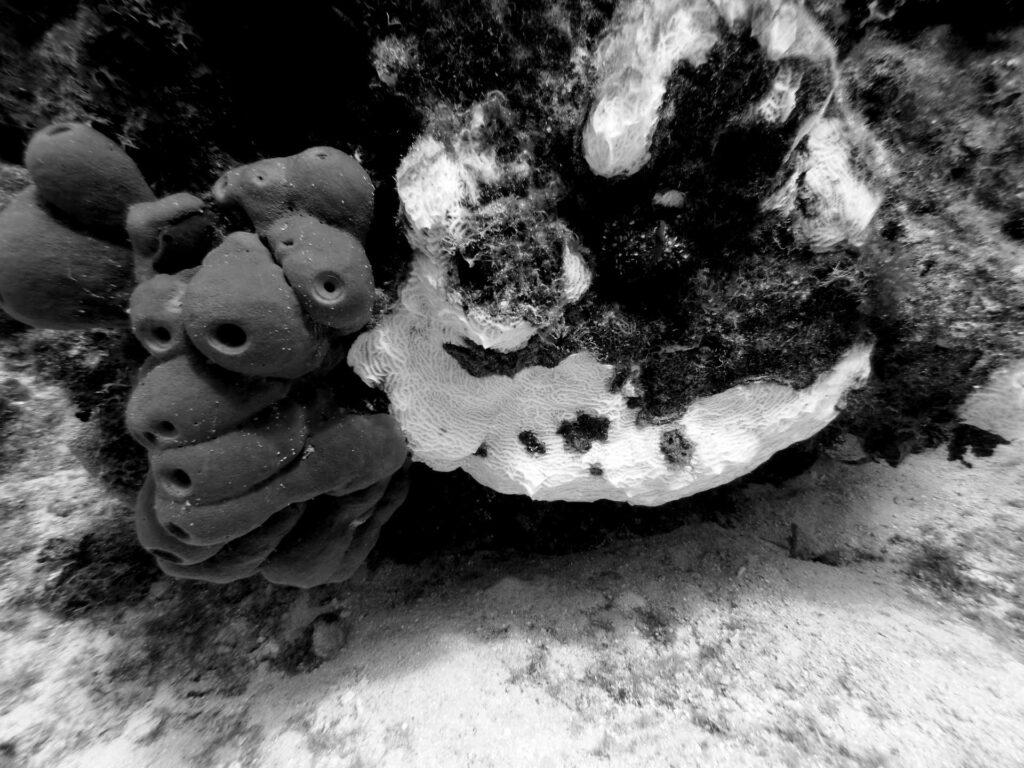
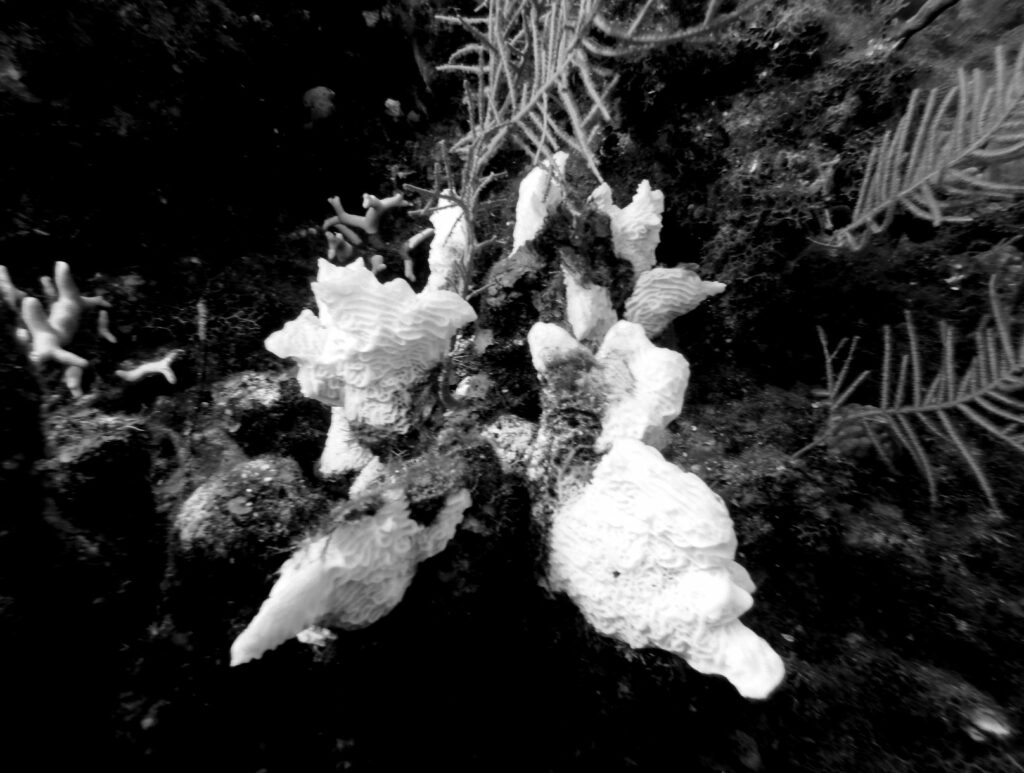
Recognizing the importance of a healthy marine environment to the economy, Cayman Islands officials have been careful to implement environmental conservation measures to ensure sustained and healthy reefs. Sadly, the worldwide plague of coral disease has now reached these amazing reefs, as my recent dives showed.
Researchers preserve genotypes of corals removed from seas and oceans in their laboratories, in the hope is that once coral disease has passed through an area, healthy corals can be replanted on reefs. However, over the past year even many replanted corals have died because of high ocean temperatures.
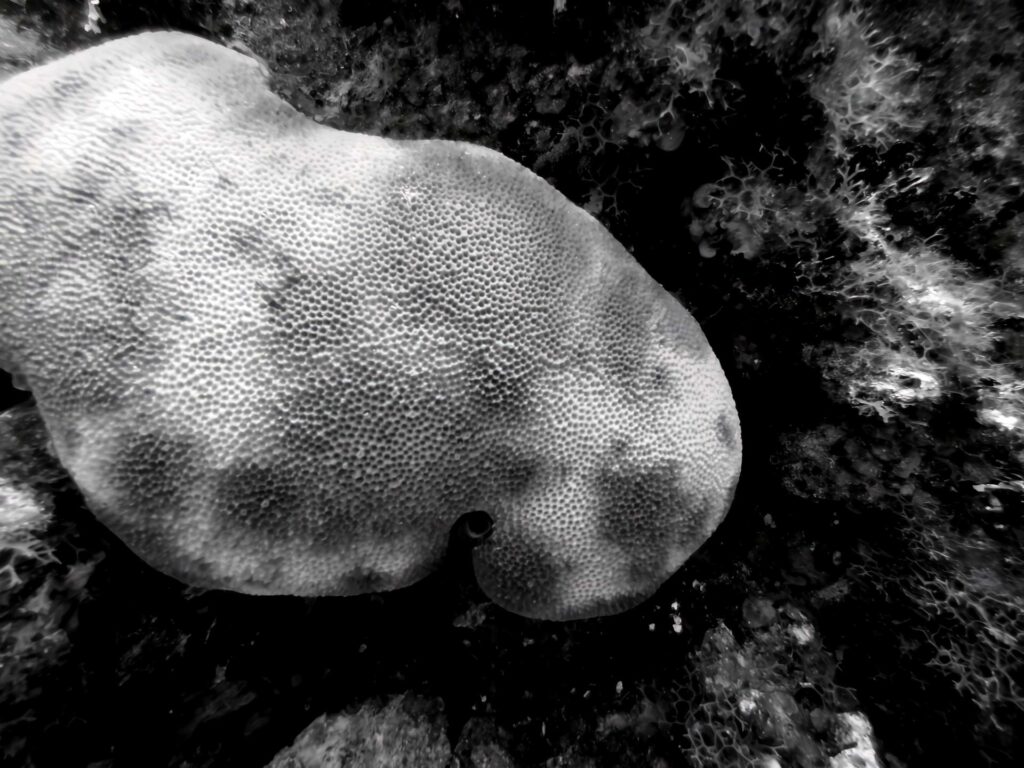
Divers, the first people to observe ocean conditions under water, are aware of the harmful practices that threaten coral reefs. Many nations are now taking steps to curtail waste streams and carbon dioxide emissions as well as activities that harm the marine environment, but is it getting too late?
The vast oceans have great rejuvenation ability, but first the causes of pollution have to be stopped. The Cayman Islands is far from unique in experiencing problems with its corals, but for such a destination a healthy marine environment is tantamount to economic survival. The reefs are part of a world heritage that must be preserved.
Tackling coral-reef challenges
Cayman Islands Department of Environment: The DoE Reef Team co-ordinates long-term projects, including assessing changes to benthic habitats and coral-bleaching events
UK Joint Nature Conservation Committee: Partnering with the environmental departments in the Cayman Islands, Turks & Caicos and the British Virgin Islands on projects to combat coral disease
Reef Renewal Cayman Islands: This charity is dedicated to protecting and restoring coral reefs in the Cayman Islands using methods supported by research collaborations and shared worldwide. Its programmes include the PADI Reef Renewal Diver distinctive speciality course
Also by John Christopher Fine on Divernet: Sea turtles on the brink, Deep Doodoo: Diver’s-eye view of a Florida problem, Coral farmers reshaping the future, Sponges: Glue of the reef, A dive pioneer turns 80 on Bonaire
